A paludarium, derived from the Latin word “palus” meaning marsh, is a unique and captivating ecosystem that combines elements of both terrestrial and aquatic environments. It’s a fascinating blend of a terrarium and an aquarium, creating a miniature wetland habitat within the confines of a single enclosed space.
This harmonious fusion of land and water not only offers a visually stunning display but also provides a remarkable opportunity to observe and appreciate the intricate interactions between various plant and animal species.
Whether you’re a seasoned hobbyist or a newcomer to the world of paludariums, this article will equip you with the knowledge and inspiration to create your own masterpiece. So, let’s embark on this captivating journey and unravel the secrets of building a paludarium that will leave you awestruck!
What Is a Paludarium?

A paludarium is a self-contained ecosystem that mimics the natural transition zone between land and water, often found in wetlands, swamps, or riverbanks. Unlike a traditional aquarium or terrarium, a paludarium seamlessly integrates both terrestrial and aquatic environments within a single enclosure. This unique combination creates a habitat that not only caters to the needs of various plant and animal species but also showcases the intricate relationships and interdependencies that exist within these diverse ecosystems.
Mapping Out a Paludarium for Beginners
For beginners embarking on their paludarium journey, it’s essential to understand the fundamental components and considerations involved in creating a thriving and visually appealing habitat. A well-designed paludarium should strike a delicate balance between the terrestrial and aquatic sections, ensuring that both environments receive adequate lighting, ventilation, and moisture levels.
One of the key aspects to consider is the overall layout and design of the paludarium. This involves determining the size and shape of the enclosure, as well as the distribution of land and water areas. It’s crucial to allocate sufficient space for both environments to thrive, while ensuring that the overall aesthetic appeal is not compromised.
Paludarium vs Riparium: What’s the difference?
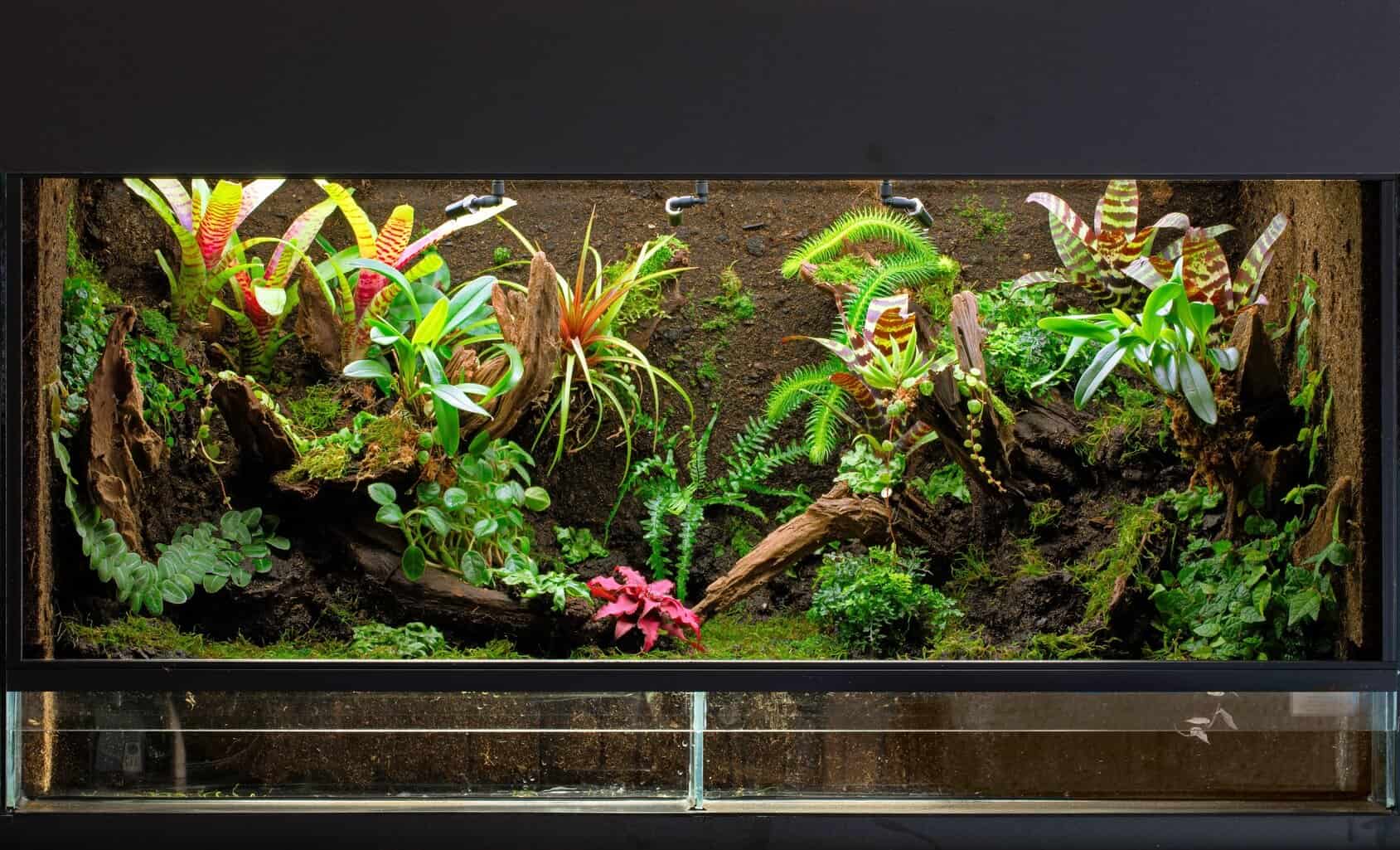
A wide paludarium
While paludariums and ripariums share similarities in combining terrestrial and aquatic environments, there is a distinct difference between the two. A riparium focuses primarily on the aquatic aspect, with a smaller terrestrial section, typically featuring plants that can tolerate wet conditions and partial submersion. On the other hand, a paludarium places a stronger emphasis on the terrestrial component, with a larger land area complemented by a water feature or pool.
This distinction is essential when selecting appropriate plant and animal species for each habitat type, as well as determining the specific requirements for lighting, ventilation, and water management.
To create a successful and thriving paludarium, several key components must be carefully considered and incorporated into the design. These essential elements not only contribute to the overall aesthetic appeal but also play a crucial role in maintaining a healthy and balanced ecosystem.
Choosing the right tank is the foundation upon which your paludarium will be built. When selecting a tank, consider the following factors:
| Nano Paludarium Tank | Wide Paludarium Tank | Tall Paludarium Tank | |
| Size |
|
|
|
| Advantages |
|
|
|
| Considerations |
|
|
|
The substrate and soil you choose will play a critical role in the health and growth of your plants, as well as the overall water quality within the paludarium. Consider the following options:
To ensure proper drainage and prevent waterlogging in the terrestrial section, it’s essential to incorporate a drainage system or raised bed. This can be achieved by:
Hardscape elements play a crucial role in creating a visually appealing and naturalistic paludarium. Consider incorporating:
Depending on the size and complexity of your paludarium, you may need to incorporate various hardware components to maintain optimal conditions:
Now that we’ve covered the essential components, let’s dive into the step-by-step process of constructing your very own paludarium masterpiece. If you need some visual help, here’s a video:
How to create a paludarium
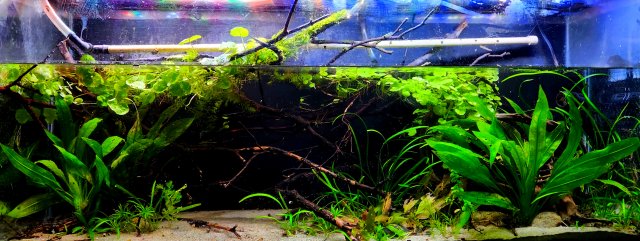
The first step in building a paludarium is to create the land area where your terrestrial plants will grow. Use foam board or other aqua-safe materials to sculpt the desired land shape within your tank.
Place a mesh barrier between the land and water areas to prevent soil from mixing with the water. This will help maintain the cleanliness of the water and provide a stable base for your plants.
Before adding any substrate or plants, plan out the structure of your paludarium. Consider the placement of hardscape items, such as rocks and driftwood, to create a natural-looking environment.
Secure the foam structure in place using silicone or another adhesive to ensure it stays in position. The foam will serve as the foundation for your land area and provide support for your plants.
Carve the foam to create varying elevations and contours in your land area. This will add visual interest and mimic the natural terrain found in wetland environments.
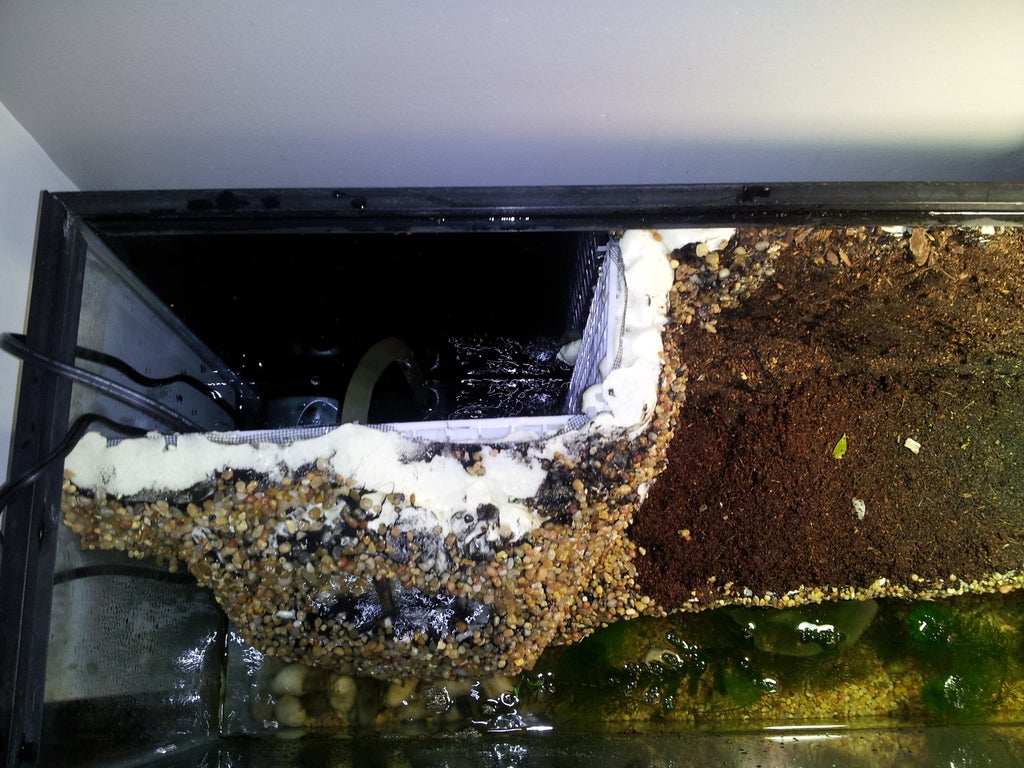
Carve the foam
Apply a layer of silicone to the foam surface to enhance its realism and cover it with a suitable natural substrate for planting your terrestrial flora.
Install any necessary equipment, such as lighting and filtration systems, and fill the water section of your paludarium. Finally, plant your chosen terrestrial plants and introduce any desired aquatic species to complete your mini ecosystem.
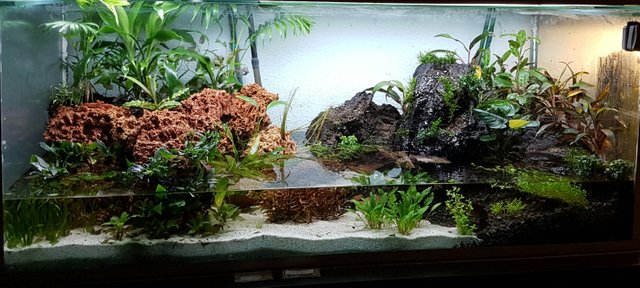
An almost finished paludarium
By following these steps and paying attention to detail, you can create a stunning paludarium that will be a focal point in your home.
Two different soils in two sections
When setting up a paludarium, choosing the right substrate and soil is crucial to providing the necessary nutrients for plants and creating a naturalistic appearance that is essential for the health of both the plants and animals in your paludarium.
The best types of substrate for a paludarium are those that can support plant growth while also providing a suitable environment for aquatic animals. Here are some factors to consider when selecting the substrate and soil for your paludarium:

A paludarium imitates a riverbed
When it comes to selecting plants and animals for your paludarium, there are several factors to consider to ensure a thriving ecosystem. Here are some tips on choosing the best plants and animals for your paludarium:
Select plants that thrive in both aquatic and terrestrial environments to create a balanced ecosystem. Consider plants like pothos, peace lilies, and ferns that can adapt to varying moisture levels and lighting conditions.
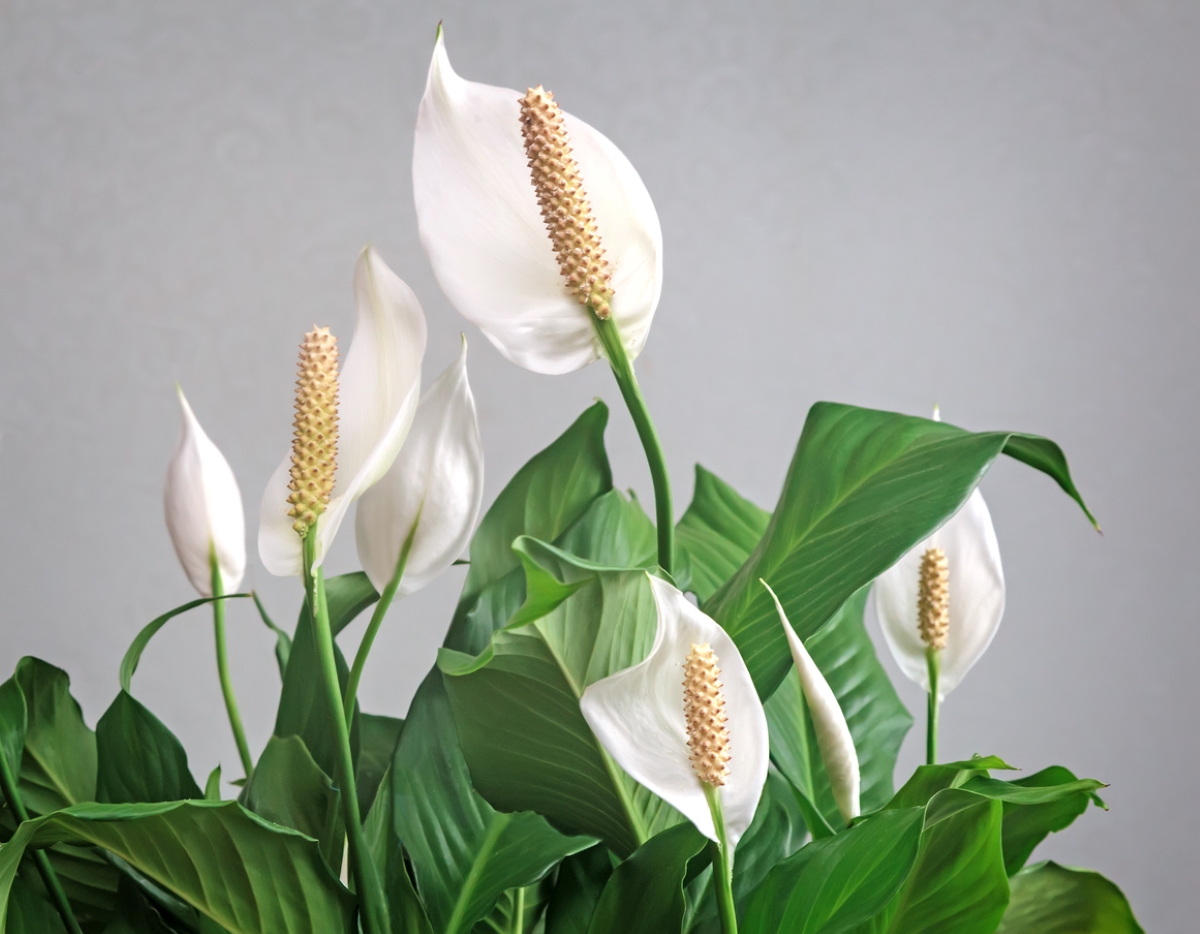
Peace lilies is a great choice for humid builds
Choose fish and invertebrates that are compatible with the plants and other inhabitants of your paludarium. Consider species like dwarf shrimp, ghost shrimp, and small fish that can coexist peacefully in the confined space of a paludarium.
By carefully selecting plants and animals that complement each other and the environment you’ve created, you can enjoy a harmonious and visually appealing paludarium in your home. Remember these two biggest elements:

Inside a wide paludarium
Building a paludarium is a rewarding and creative endeavor that allows you to combine elements of aquascaping and terrarium design to create a unique and captivating display. By carefully selecting the right tank, substrate, hardscape items, plants, and animals, you can construct a miniature ecosystem that brings a slice of nature into your home. Whether you’re a beginner or experienced hobbyist, the step-by-step guide and tips provided in this article will help you create a stunning paludarium that both you and your aquatic and terrestrial inhabitants will enjoy for years to come.
In order to separate land and water in a paludarium, you can use a variety of materials such as glass, acrylic, or plastic dividers. These dividers can be siliconed or sealed in place to create a barrier between the aquatic and terrestrial sections of the paludarium. Another option is to use rocks, driftwood, or other natural materials to create a physical barrier between the land and water areas.
To prevent mold in a paludarium, it is important to maintain proper ventilation and airflow within the enclosure. Mold thrives in damp and stagnant conditions, so ensuring good air circulation can help prevent its growth. Additionally, using a substrate that promotes drainage and avoiding overwatering can also help prevent mold from developing. Regularly cleaning and removing any decaying plant matter or uneaten food can further reduce the risk of mold growth.
To keep a paludarium warm, you can use a combination of heating elements such as heat mats, ceramic heat emitters, or infrared bulbs. It is important to monitor the temperature levels closely to ensure that they remain within the appropriate range for the plants and animals in the paludarium. Using a thermostat can help regulate the temperature and prevent overheating. Additionally, placing the paludarium in a warm room away from drafts can also help maintain a stable temperature.
A paludarium provides a unique habitat that can support a variety of plants and animals. In the terrestrial section, you can keep a range of plant species such as ferns, mosses, orchids, bromeliads, and carnivorous plants. For the aquatic section, you can house fish, shrimp, snails, frogs, newts, or even small turtles. It is important to research and select species that are compatible with the conditions and size of your paludarium.
The main difference between a terrarium and a paludarium lies in the presence of water. A terrarium is a closed container designed to house plants in a controlled environment without the addition of water. On the other hand, a paludarium is a type of vivarium that features both terrestrial and aquatic sections, allowing for the cultivation of plants and the keeping of aquatic animals. Paludariums typically have a water feature, such as a pond or stream, integrated into the design, creating a more complex ecosystem compared to a terrarium.
What is Paludarium? What is Terrarium? What is Vivarian?

© 2025 Paludarium. All Right Reserved | By using our content, products & services you agree to our Terms of Use and Privacy Policy